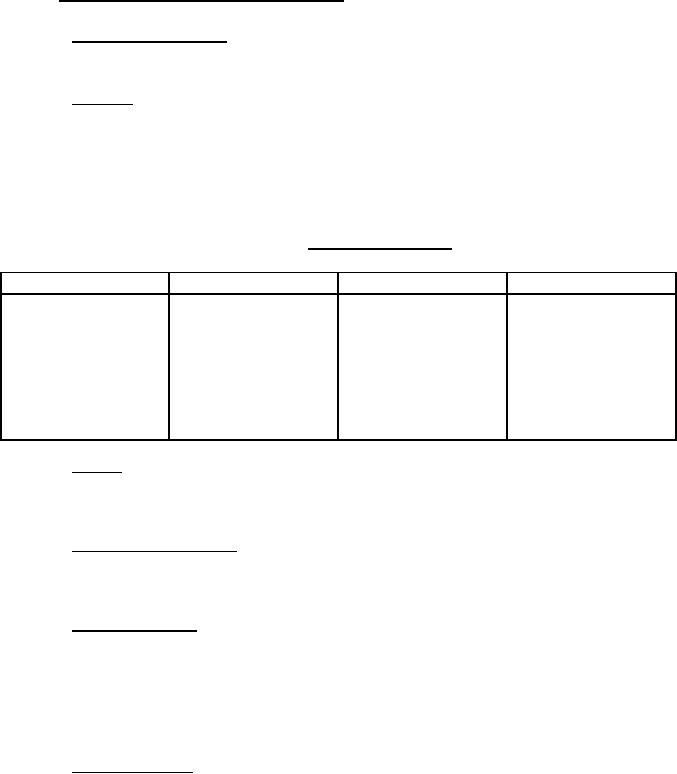 |
|||
|
Page Title:
Subframe, hoist, and body performance |
|
||
| ||||||||||
|
|  MIL-T-62145E
3.3.3 Subframe, hoist, and body performance.
3.3.3.1 Rated lifting capacity. The rated lifting capacity of the hoist shall be not less than the
sum of the weight of the body plus one and one half times the payload specified in table II.
3.3.3.2 Stability. The body shall be stable and rigid throughout the entire elevation and
retraction of the hoist mechanism, both unloaded and loaded with the test load specified in
table V. In the fully elevated position, with the test load, the body floor shall not deflect more
than 1-1/2 inches, measured from the floor to the top of the subframe. The vehicle in any
elevated position with the test load specified in table V, shall show no evidence of any tire or
outrigger departing from the ground.
TABLE V. Height and test load.
Type
Class
GVW (pounds)
Height (inches)
Test Load (pounds)
I
A
21,000
156
12,000
I
B
28,000
178
20,000
I
C
34,000
222
24,000
I
D
39,500
156
28,000
I
E
39,500
198
30,900
II
A
21,000
156
12,000
II
B
28,000
178
20,000
3.3.3.3 Height. The hoist shall be capable of raising the body with the test load specified in
table V from rest position to the minimum height specified in table V. The height shall be
measured from the ground to the body floor.
3.3.3.4 Manual locking device. A manual locking device shall be provided to positively
retain the body and hoist at a raised height of not less than 96 inches measured from ground level
to the body floor.
3.3.3.5 Operating speeds. The hoist and the body shall be capable of elevating and
retracting both with the specified payload (see table II) and without payload at a rate of not less
than 15 feet per minute (fpm) (10 fpm when retracting without payload), and not more than
20 fpm, with the vehicle engine at idle speed, from the time the load is first imposed on the
hydraulic system. The hydraulic fluid shall be stabilized at ambient air temperature prior to the
performance of the test.
* 3.3.3.6 Position stability. When the vehicle is on level ground, the hoist hydraulic system
shall hold the body loaded with the payload specified in table II, in any elevated position with
not more than a 1/8-inch vertical settling in 2 hours. The hydraulic fluid shall be stabilized at
ambient air temperature prior to the performance of the test.
10
|
|
Privacy Statement - Press Release - Copyright Information. - Contact Us |